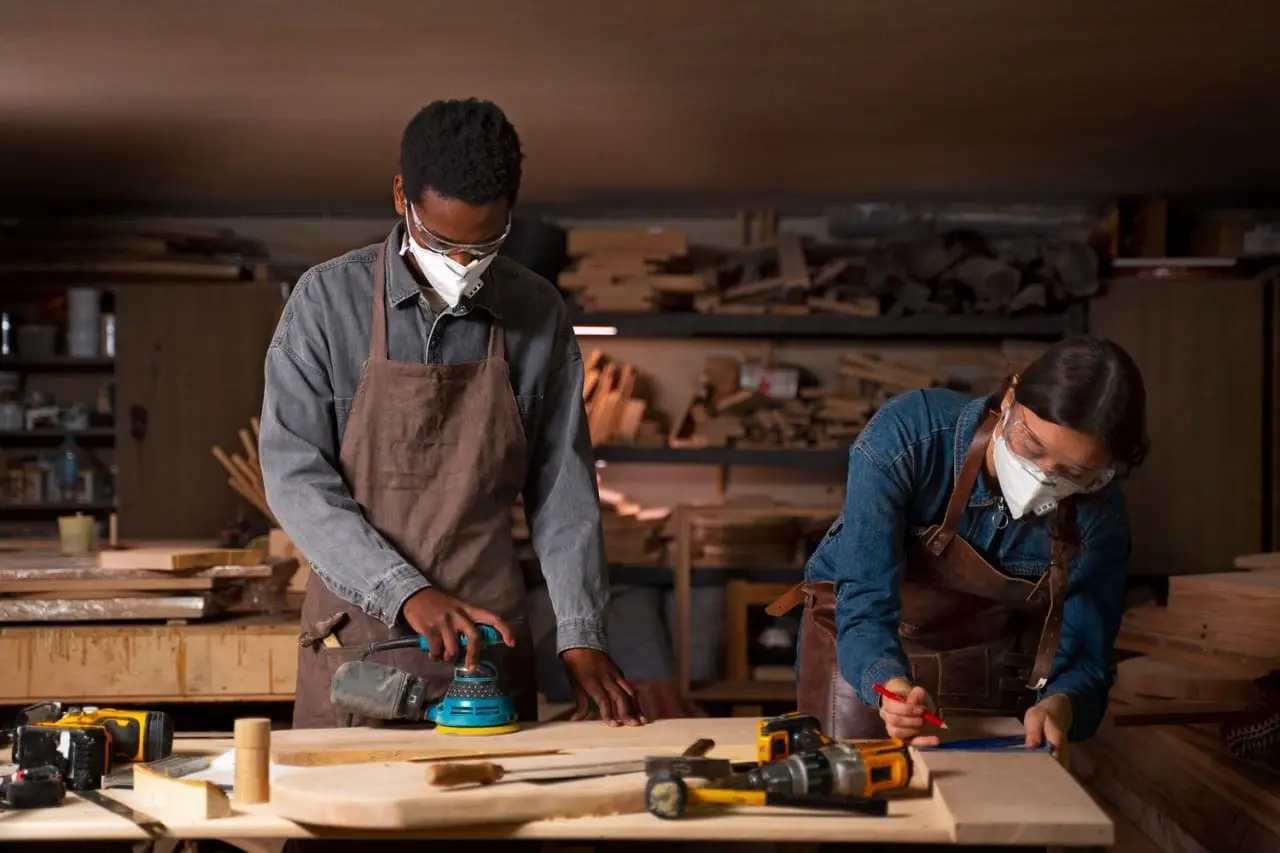How Industrial Tools Can Aid in Artistic Projects
In the realm of artistry, innovation often stems from the fusion of unconventional elements. Industrial tools, typically associated with manufacturing and construction, are increasingly finding their place in artistic endeavors. This article explores how industrial tools can serve as catalysts for creativity, enriching and expanding the possibilities within artistic projects.
Bridging the Gap
Traditionally, there has been a perceived divide between industrial sectors and the arts. However, this gap is steadily narrowing as artists embrace the versatility and functionality of industrial tools. By integrating these tools into their creative processes, artists can unlock new dimensions of expression.
You will be interested on: Bosch Power Tools in Dubai
Precision and Efficiency
One of the primary advantages of industrial tools is their precision and efficiency. From laser cutters to CNC machines, these tools enable artists to execute intricate designs with unparalleled accuracy. This level of precision empowers artists to bring their visions to life with meticulous detail.
Diverse Mediums
Industrial tools expand the repertoire of mediums available to artists. Metal fabrication equipment, for instance, allows artists to sculpt intricate forms from steel and aluminum, adding a metallic dimension to their creations. Similarly, woodworking machinery opens up possibilities for crafting intricate wooden sculptures and furniture pieces.
Keep reading: Dewalt Power Tools in Dubai
Scale and Scope
Industrial tools offer artists the ability to work on a larger scale than ever before. Whether fabricating large-scale installations or sculpting monumental pieces, these tools provide the means to realize ambitious artistic visions. This scalability broadens the scope of artistic projects, enabling artists to make a profound impact on their audience.
Innovation and Experimentation
By embracing industrial tools, artists embrace a spirit of innovation and experimentation. These tools invite artists to push the boundaries of traditional artistic practices, encouraging exploration and discovery. Whether experimenting with new materials or pioneering novel techniques, artists can continuously evolve their craft through the integration of industrial tools.
You will be interested on: Makita Sander Polisher 9237c
Collaboration and Cross-Pollination
The intersection of industrial tools and artistic projects fosters collaboration and cross-pollination across disciplines. Engineers, designers, and artisans collaborate to harness the full potential of these tools, enriching the creative process with diverse perspectives. This interdisciplinary approach sparks innovation and fosters a dynamic exchange of ideas.
Sustainability and Resourcefulness
Industrial tools offer opportunities for sustainable and resourceful artistic practices. By repurposing materials and minimizing waste, artists can reduce their environmental footprint while creating meaningful works of art. Additionally, the efficiency of industrial tools allows artists to optimize their workflow, maximizing productivity while conserving resources.
Accessibility and Affordability
Contrary to popular belief, industrial tools are becoming increasingly accessible and affordable to artists of all backgrounds. As technology advances and manufacturing processes evolve, the cost of these tools continues to decline, making them more accessible to individual artists and small-scale studios. This democratization of access empowers artists to explore new possibilities and pursue their creative visions without financial constraints.

Conclusion
In conclusion, the integration of industrial tools into artistic projects heralds a new era of creativity and innovation. From precision fabrication to large-scale installations, these tools expand the horizons of artistic expression, enabling artists to realize their boldest visions. By embracing collaboration, sustainability, and accessibility, artists can harness the transformative power of industrial tools to redefine the boundaries of artistry. As the lines between industrial sectors and the arts blur, we find ourselves at the dawn of a renaissance where creativity knows no bounds.







